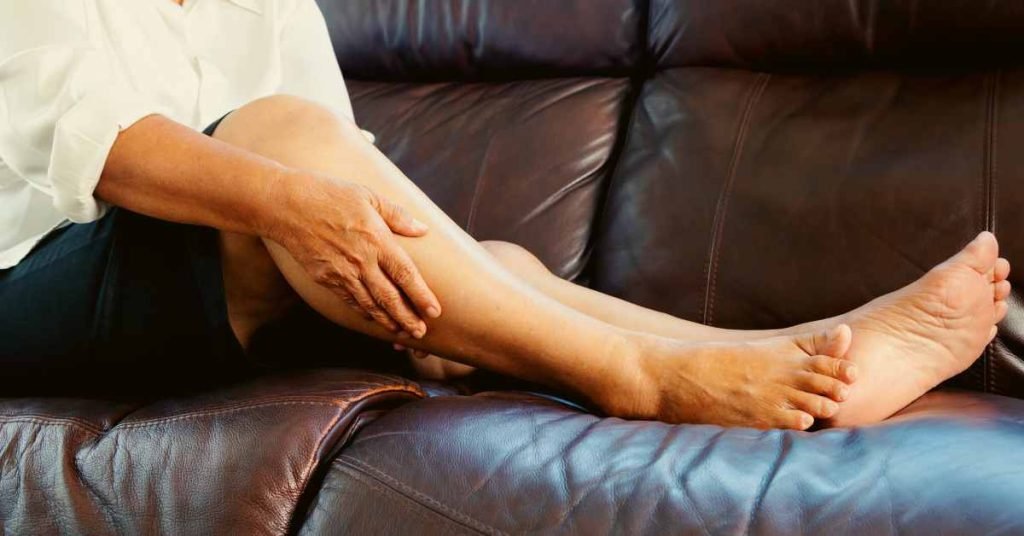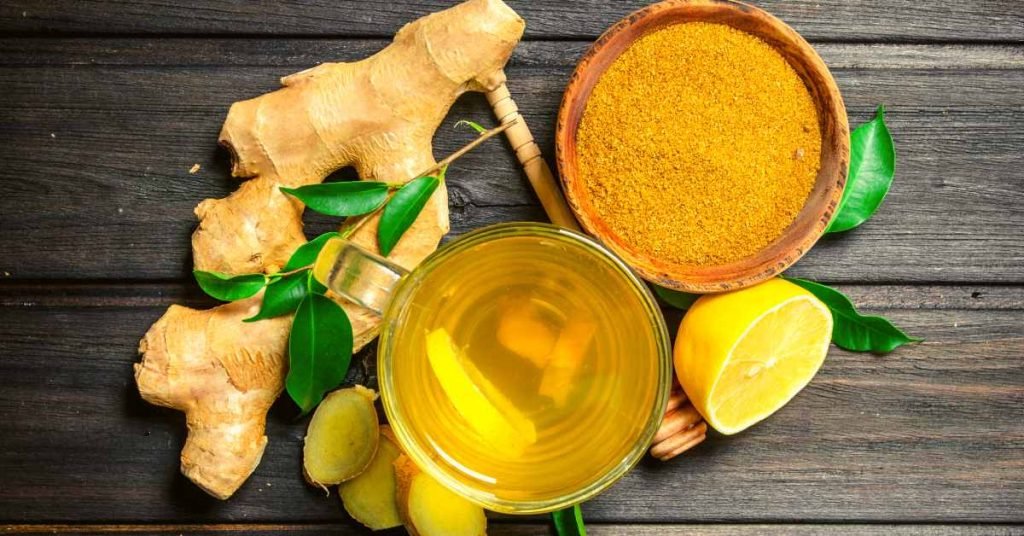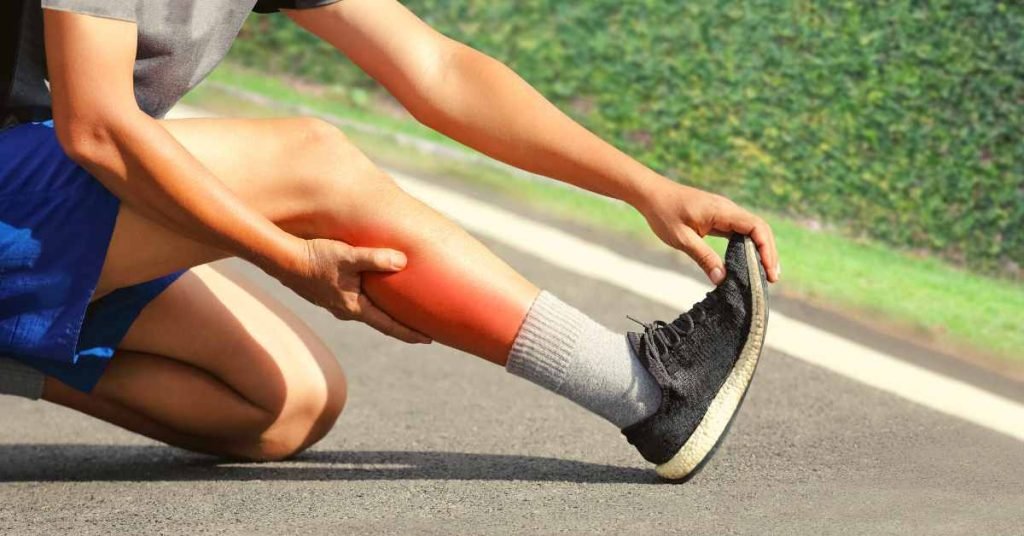Leg cramps, characterized by sudden, involuntary contractions of the muscles, can be both painful and disruptive to one’s daily life.
While various factors contribute to the occurrence of leg cramps, from dehydration to overexertion, the soothing properties of tea have been explored for their potential to manage and prevent these discomforting spasms.
In this comprehensive article, we will delve into the causes of leg cramps, the types of tea that may offer relief, and the mechanisms behind their effectiveness.
Understanding Leg Cramps

Before we explore the connection between tea and leg cramps, it’s essential to understand the nature of leg cramps.
These involuntary muscle contractions, often occurring in the calf muscles, can be caused by dehydration, mineral deficiencies (such as potassium, magnesium, or calcium), muscle fatigue, or poor blood circulation.
While most leg cramps are harmless and short-lived, their intensity can be distressing, leading individuals to seek natural remedies, such as the consumption of tea.
Types of Tea for Leg Cramps
Peppermint TeaPeppermint tea is known for its muscle relaxant properties.
The menthol in peppermint has a soothing effect on muscles, potentially alleviating tension and reducing the likelihood of cramps. Additionally, the refreshing taste of peppermint tea can contribute to overall relaxation.
Chamomile Tea
Chamomile tea, derived from the dried flowers of the chamomile plant, is renowned for its calming and anti-inflammatory properties. It may help relax the muscles, providing relief from cramps. The mild, floral flavor of chamomile tea also makes it a delightful option for those seeking comfort and relaxation.
Ginger Tea

Ginger, known for its anti-inflammatory and analgesic effects, may be beneficial in managing muscle pain and cramps. Ginger tea, brewed from fresh ginger slices or ginger powder, can be a warming and comforting choice. Its potential to improve blood circulation may contribute to preventing cramps caused by poor circulation.
Turmeric Tea
Turmeric, a golden-hued spice, contains curcumin, a compound with anti-inflammatory and antioxidant properties. Turmeric tea may help reduce inflammation in muscles and joints, potentially providing relief from cramps. Combining turmeric with other spices like black pepper can enhance the absorption of curcumin in the body.
Mechanisms Behind Tea’s Effectiveness
Hydration:
Dehydration is a common cause of muscle cramps. Drinking tea, especially when unsweetened and without excessive caffeine, contributes to hydration. Proper hydration is essential for maintaining electrolyte balance and preventing muscle cramps.
Anti-Inflammatory Properties:
Many types of tea, such as chamomile, ginger, and turmeric, possess anti-inflammatory properties. Inflammation can contribute to muscle discomfort, and reducing inflammation may aid in preventing and alleviating leg cramps.
Muscle Relaxation:

Certain compounds in tea, such as menthol in peppermint or gingerol in ginger, have muscle relaxant effects. These properties can be particularly helpful in soothing muscles and preventing cramps.
Improved Circulation:
Some teas, like ginger and turmeric, may contribute to improved blood circulation. Better circulation ensures that muscles receive an adequate supply of oxygen and nutrients, reducing the risk of cramps caused by poor blood flow.
Incorporating Tea into Your Routine
Daily Hydration:
Make tea a part of your daily hydration routine. Aim for a variety of teas to ensure a diverse range of potential benefits.
Preventative Measures:
If you are prone to leg cramps, consider incorporating anti-inflammatory teas into your routine preventatively, especially during times of increased physical activity.
Relaxation Ritual:

Enjoying a warm cup of tea can be a relaxing ritual before bedtime. This not only helps with hydration but also promotes overall relaxation, potentially reducing the likelihood of nocturnal leg cramps.
Balanced Diet:
While tea can contribute to hydration and provide certain beneficial compounds, it’s essential to maintain a balanced diet rich in minerals like potassium, magnesium, and calcium to support muscle health.
Final Word
Tea, with its diverse flavors and therapeutic compounds, emerges as a comforting elixir in the quest to manage and prevent leg cramps.
From the soothing menthol of peppermint to the anti-inflammatory powers of chamomile, ginger, and turmeric, different types of tea offer a natural and holistic approach to addressing the factors that contribute to muscle cramps.
However, it’s crucial to remember that individual responses may vary, and if leg cramps persist or are severe, consulting with a healthcare professional is advisable.
In embracing tea as part of your self-care routine, you may find not only relief from muscle discomfort but also a delightful and nourishing addition to your daily life.
MEDICAL DISCLAIMER
Itsnevernotteatime.com cannot and does not contain medical/health advice. The medical/health information is provided for general and educational purposes only and is not a substitute for professional advice.




